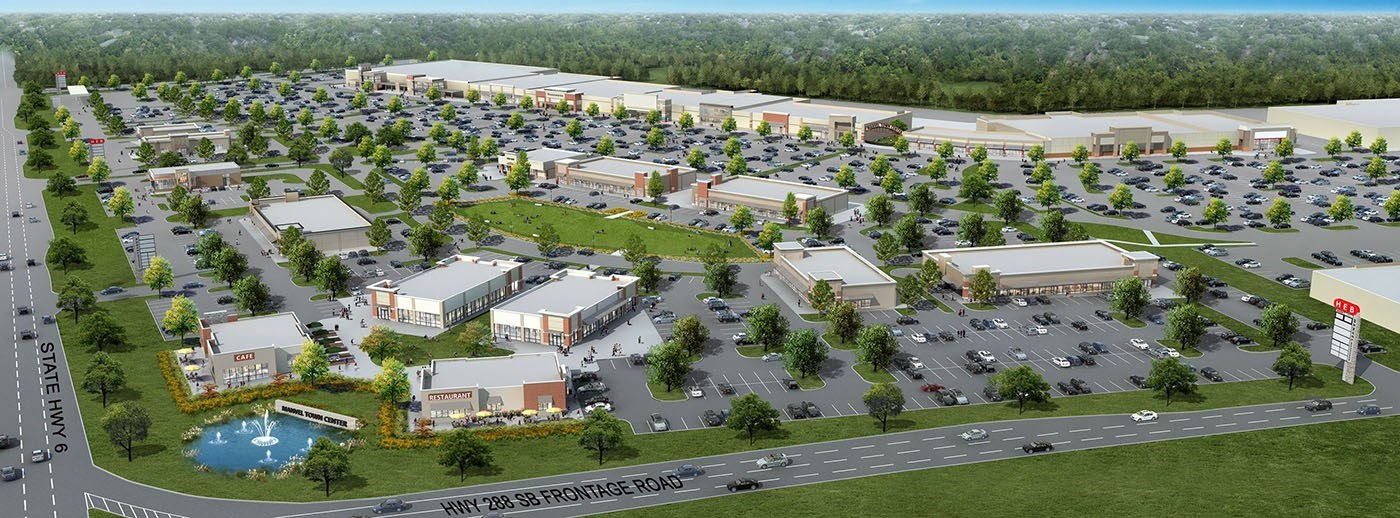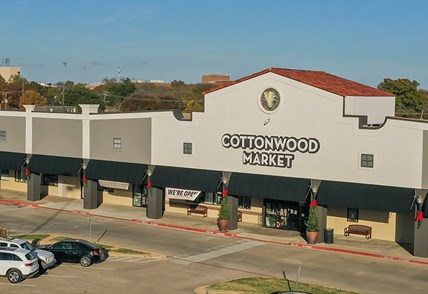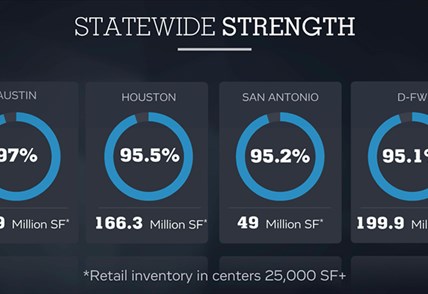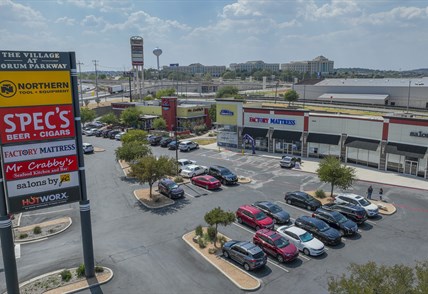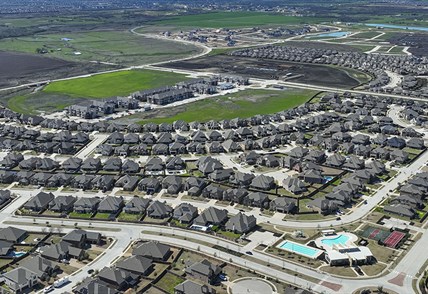By Kyle Knight, Senior Vice President, Weitzman Houston
Houston’s construction of new retail space, after reaching a record low in 2021, is on track to exceed that level, based on projects in the pipeline for this year. But the increase is not large, and total new deliveries will remain on the conservative side. The limited new space is driving demand to existing projects and helping lift occupancy levels market-wide.
The limited deliveries of new retail space, combined with healthy retail demand and limited closings, is helping Houston’s retail market build on the occupancy gains it experienced during 2021.
As a result, the retail market currently reports a healthy occupancy rate of 96.1 percent.
The market remains among the strongest in recent memory, although economic issues in terms of rising interest rates, increased construction costs, inflation and other factors may lead to a slowdown.
On the positive side, retailer, developer and investor interest remains at extremely high levels, since retail real estate is a long-term game that factors in short-term concerns.
The retail market also benefits from several positive factors, including robust demand for small-shop space, new construction that is either built-to-suit or significantly pre-leased, healthy job and population growth and an economy that benefits from rising energy prices.
The market insight is based on Weitzman’s review of Houston’s retail market and its retail market inventory of approximately 163.6 million square feet of space in multi-tenant retail projects with 25,000 square feet or more.
Occupancy is also stable thanks to limited large-format closings, with the most notable being the 51,000-square-foot Randalls grocery store at 3346 Highway 6 in Sugar Land, which closed in June 2022, and the Macy’s store and furniture clearance center, which closed during the first half of 2022 as the final retailer at San Jacinto Mall in Baytown.
However, the mall is removed from available inventory due to the fact that it is slated for redevelopment as San Jacinto Marketplace.
Expanding small-shop tenants, in particular, are active, with the most notable demand coming from restaurants, services, beauty, fitness, medical and dental uses. Junior anchors such as discounters are also active, resulting in a shortage of well-located box vacancies on the market.
To give you an example of how strong the demand is for existing vacancies, three former 24 Hour Fitness locations that closed in 2020 during the first year of the pandemic were backfilled by Gold’s Gym, which itself closed locations during the worst of the pandemic.
The three spaces, accounting for a total of nearly 90,000 square feet, are located in Bingle Crossing, at SH-290 and Bingle Road; Friendswood Crossing, at FM 528 and FM 518; and Northchase Plaza, at FM 1960 and Veterans Memorial Drive.
Another example involves Rice Epicurean Market, which announced plans to close its location at 2020 Fountain View in late July 2022, followed by the announcement from Spec’s Wine Spirits and Finer Foods of its plans to backfill the soon-to-be-vacated space.
Other large-format retailers expanding in existing space included dd's Discounts, a division of Ross Stores, with multiple new locations in backfilled space; American Furniture Warehouse, backfilled a 130,000-square-foot former Sam’s Club in Tomball; Dick’s Sporting Goods, which backfilled a former Bed Bath & Beyond at Meyerland Plaza, located at Loop 610 North at Beechnut Street; Star Cinema Grill, which will open in the historic River Oaks Theater space at 2009 W. Gray after the previous cinema operator shuttered in 2021;Puttshack, a modern mini-golf concept, which leased 26,000 square feet in downtown’s The Highlight, the new name of the renovated The Shops at Houston Center; and retailers like Burlington, Painted Tree Boutiques, Skechers, Floor & Décor and several others.
In terms of leasing, the restaurant market created a high level of demand, particularly for second-generation space. Well-known concepts leasing second-generation space included Cheesecake Factory and Voodoo Doughnut.
NEW CONSTRUCTION ON TRACK TO EXCEED 2021’S LEVEL
The development of new space in the metro Houston market has remained on the conservative side for years, reaching a record low in 2021, when limited construction and pandemic-related delays of large projects resulted in new space deliveries of only 535,000 square feet in new and expanded projects with 25,000 square feet or more.
For 2022, based on projects under way and expected to be completed during calendar-year 2022, construction is set to jump to nearly 875,000 square feet of space in new and expanded projects with 25,000 square feet or more of retail space. That total should increase even more in 2023 as several anchor stores, including Target and H-E-B, come online.
RENTAL RATES
As retail leasing demand remained robust, the Houston reported that rental rates on average have reached and even exceeded the levels seen pre-pandemic in 2019.
Demand for Class A space, especially for quality retail inside the Interstate 610 Loop, can result in small-shop rates ranging from $45 to $60 per square foot per year or more.
These are average asking rates, and effective rates can be lower over the terms of a lease due to concessions such as free rent and finish-out allowances, although concessions remain limited for the highest-quality space.
OUTLOOK CONTINUES FOR A SOLID RETAIL MARKET
The outlook for Houston’s retail market for the remainder of 2022 and going into 2023 is positive, thanks to continued economic strength seen in job, population and housing growth as noted in the most recent economic reports.
Houston also is seeing the job market regain its strength, with Metro Houston reporting 31,300 net new jobs this June, according to the Texas Workforce Commission. This is job growth actually above the healthy pre-pandemic level and in fact is the second-best June on record. For all of ‘22, the Houston Partnership expects the metro area to create more than 100,000 net new jobs.
The market’s economic strengths include Greater Houston’s housing market, which is experiencing strong existing-home sales and new starts due to impressive population gains. The Houston MSA continues to report impressive population growth, with a 12-month gain of more than 69,000 new residents for the period ended July 2021, making it the second-fastest-growth large metropolitan area in the country.
This column originally ran in Texas Real Estate Business
